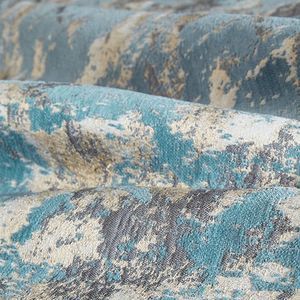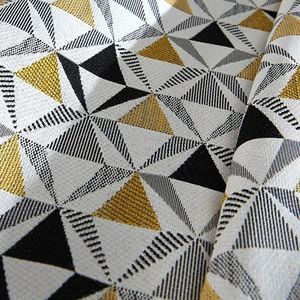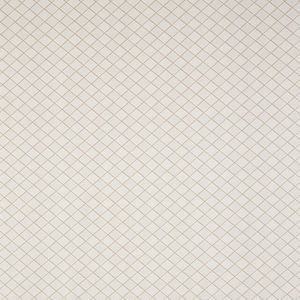
- Decoration
- Textile
- Upholstery fabric
- Aydin Tekstil
- Products
- Catalogs
- News & Trends
- Exhibitions
Upholstery fabric plaincottonsynthetic


Add to favorites
Compare this product
Characteristics
- Applications
- upholstery
- Motif
- plain
- Material
- cotton, synthetic
- Specifications
- organic
- Market
- commercial
- Color
- gray, beige, blue, white, yellow
- Style
- contemporary
Description
Cotton is the preferred raw material in fabric production, and cotton production accounts for approximately three percent of the world’s agricultural production. Most people have a positive perception of cotton, but cotton production poses a behind-the-scenes threat to our health.
Many chemical pesticides are used during cotton production. In fact, 10 percent of the world’s annual pesticide and 25 percent of its annual insecticide are sprayed onto cotton fields. Given these facts, we can ascertain that cotton production accounts for the heaviest chemical use when compared to other crops. Chemical pesticides and insecticides are used to eliminate the insects that inhibit efficient cotton growth, which increases the yield in cotton production. However, the chemicals used are also absorbed by the soil, which pollutes the air and surface waters. This pollution reaches us indirectly and, as most of these chemicals are carcinogenic substances, it causes damage to our nervous system. Pesticides also contaminate cotton fibers, and these cannot be decontaminated through washing. When we come into contact with cotton that has been treated with pesticides our skin easily absorbs the chemicals, creating a threat to our health.
Organic agricultural products do not expose us to synthetic pesticides that pollute soil, air and nutrients. This significantly reduces our exposure to long-term discomforts like asthma or cancer. It protects us and our ecosystem.
*Prices are pre-tax. They exclude delivery charges and customs duties and do not include additional charges for installation or activation options. Prices are indicative only and may vary by country, with changes to the cost of raw materials and exchange rates.













